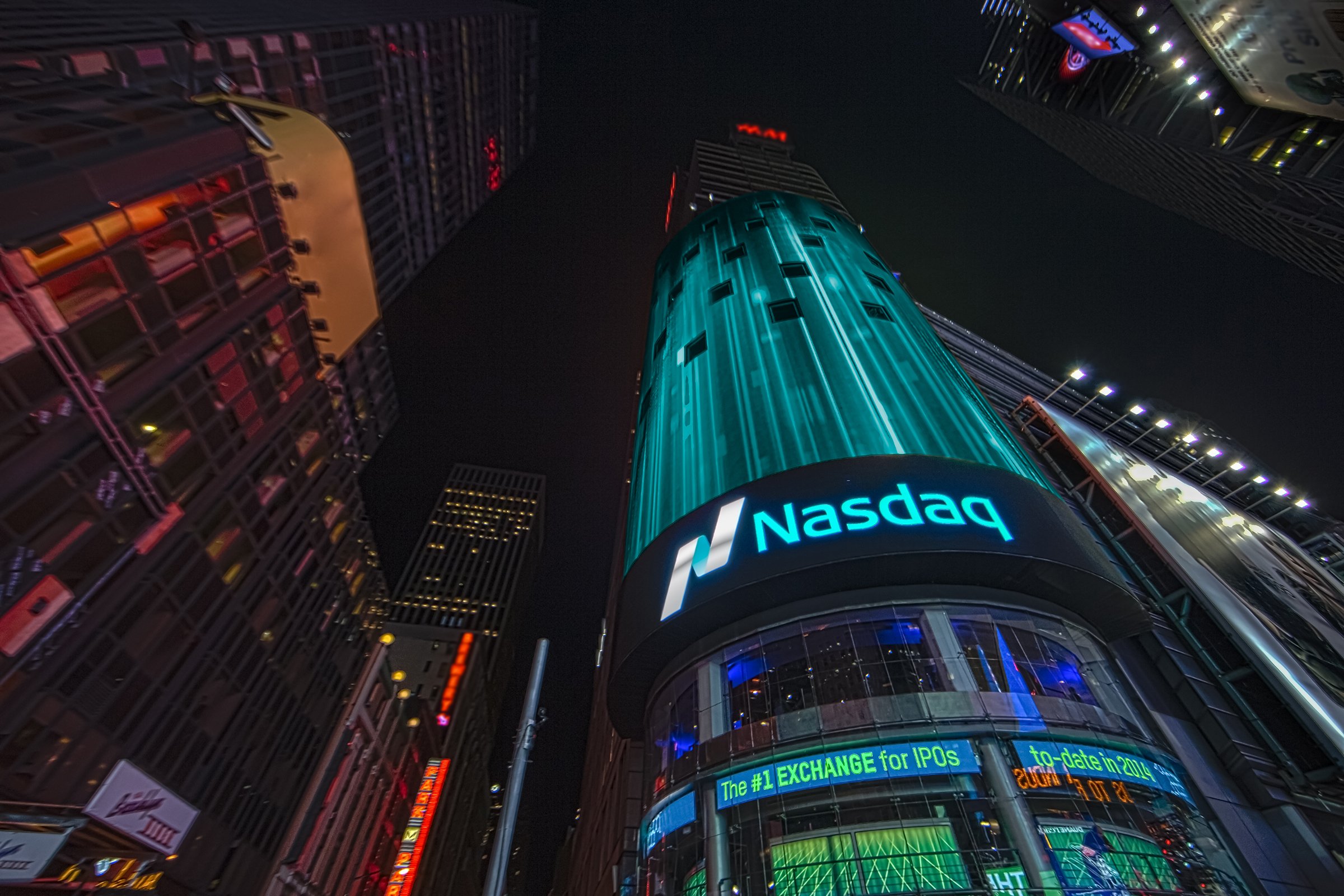‘Watt’s’ The Problem – The Energy Demands Behind AI
The growth in AI computing is going to drive electricity demands. The post ‘Watt’s’ The Problem – The Energy Demands Behind AI appeared first on Above the Law.

Generative AI is the game-changing technology of the decade, and the race is on to build better systems. Whether it’s Agentic AI where applications perform tasks and have access to the Internet, or just a better reasoning model, the scaling for massive everyday usage is the prize.
One of the limiting factors to scaling is computing power. This is why Nvdia’s stock has catapulted in the past few years. Nvidia manufactures the leading graphical processing units (GPUs) that process the arrays of information needed to operate large language models. Shortages in computing, coupled with the geopolitical concerns about dependencies on China and Taiwan, triggered the passage of the CHIPS and Science Act in 2022 to stimulate more research and manufacturing of semiconductors in the United States.
Energy is another limiting factor
A new limiting factor is slowly making it to the headlines, and that is the need for energy to power all of these AI applications in the cloud. While it may not seem like much, a Google search requires about .3 watt hours of energy to complete a search, but with over 5 trillion Google searches a year (150,000/second), that adds up.
It is reported that ChatGPT uses approximately 10 times more energy per interaction than a Google search. As AI usage becomes commonplace and replaces traditional search, an image of Clark Griswold’s holiday light display in the movie Christmas Vacation comes to mind. When the display was turned on, the lights dimmed in the entire town. Imagine a big news story hits, and consumer interest metaphorically dims the lights around a datacenter.
Google’s energy usage in 2023 was nearly 26 Terawatt hours, which is larger than all but 75 countries. Microsoft and Amazon’s power consumption is on a similar scale, but Amazon does not disclose its energy consumption.
AI models are energy-hungry and will drive increased cloud computing consumption. Data centers worldwide consumed roughly 1.5% of global electricity, and that number is projected to double by 2030. AI is going to become a significant energy user behind the scenes.
Make no mistake, access to energy is strategic for companies scaling AI, especially Microsoft, Amazon, Apple, Meta, and Alphabet/Google, collectively referred to as “MAAMA.”
It is also strategic for the United States to continue to lead in the advancement of AI.
The current administration has recently announced executive orders regarding the expansion of nuclear energy, which will support the growing demand for energy, including that driven by artificial intelligence. But this thirst has been quietly growing for years.
Bonneville Power and the Columbia River
The Bonneville Power Administration markets power from 31 federal dams and a nuclear plant in Washington, operating 15,000+ miles of transmission from Portland, Oregon, into Idaho.
Microsoft, Amazon, and Google quietly inked long-term deals with the Bonneville Power Administration back in 2017, linking data centers to the hydroelectric plants along the Columbia River in Eastern Washington.
Three Mile Island and Microsoft
Constellation Energy cut a deal with Microsoft in September 2024 (during the prior administration) to reopen the Three Mile Island nuclear power plant near Harrisburg, PA.
The 20-year power purchase agreement will revive the mothballed reactor at Three Mile Island by 2028. Microsoft will benefit from the 835 Megawatts of power, which would be enough to power 700,000 to 800,000 homes.
Nuclear energy provides a carbon-free, reliable source of energy for AI workloads that require a consistent supply of power. Microsoft is betting that this relic will serve its power needs and its green credentials.
Amazon’s green energy initiatives
Amazon has announced that it has offset its energy consumption through the production of renewable energy. Amazon has invested “billions of dollars” in over 500 wind and solar projects across 27 countries which, collectively, can generate energy sufficient to power 7.6 million homes in the U.S.
Looking through the legal and regulatory lens
The reality is that energy demand is increasing, and this growth is being driven by AI and cloud computing technology rather than direct consumer demand. Business interests, geopolitical competition in technology, and environmental considerations create a new mix of regulatory, policy, and political considerations for energy. Expect strange bedfellows and shifting narratives.
Energy policy is now partially leaning on a legacy nuclear capability to bridge near-term gaps in growing energy demand. Restarting a reactor tied to one of America’s worst nuclear accidents for Microsoft is a proof point of the new dynamics at play.
Regulatory and policy considerations
As legal, regulatory, and policies evolve, look for more headlines in the future around:
- Public utilities being used for private businesses at the possible expense of local needs
- More private generation of energy
- Shifting views on water rights, environmental considerations, and land rights
- Greenwashing – highlighting benefits of sustainability when other actions aren’t “green”
- More strains on an aging power grid that could cause rationing or brownouts
- Interdependencies with geopolitical goals, like de-risking the semiconductor industry (or interplay with tariffs)
Summary
The growth in AI computing is going to drive electricity demands. The “MAAMA” businesses operate on a massive scale and are central to the United States’ technology leadership. Expect narratives to evolve as new approaches emerge to meet the growing demand for energy.
Note: AI assistance was used in the drafting of this article.

Ken Crutchfield has over forty years of experience in legal, tax, and other industries. Throughout his career, he has focused on growth, innovation, and business transformation. His consulting practice advises investors, legal tech startups and others. As a strategic thinker who understands markets and creating products to meet customer needs, he has worked in start-ups and large enterprises. He has served in General Management capacities in six businesses. Ken has a pulse on the trends affecting the market. Whether it was the Internet in the 1980s or Generative AI, he understands technology and how it can impact business. Crutchfield started his career as an intern with LexisNexis and has worked at Thomson Reuters, Bloomberg, Dun & Bradstreet, and Wolters Kluwer. Ken has an MBA and holds a B.S. in Electrical Engineering from The Ohio State University.
The post ‘Watt’s’ The Problem – The Energy Demands Behind AI appeared first on Above the Law.


















































































![Four big takeaways to wrap up the Paris Air Show [Video]](https://breakingdefense.com/wp-content/uploads/sites/3/2023/06/FCAS-scaled-e1685718848105.jpg?#)
![The sights of Paris Air Show, one last time: Day 4 [Photos]](https://breakingdefense.com/wp-content/uploads/sites/3/2025/06/20250617-helenedelacoste-Paris-Air-Show-037-scaled-e1750357690820.jpg?#)






























































